
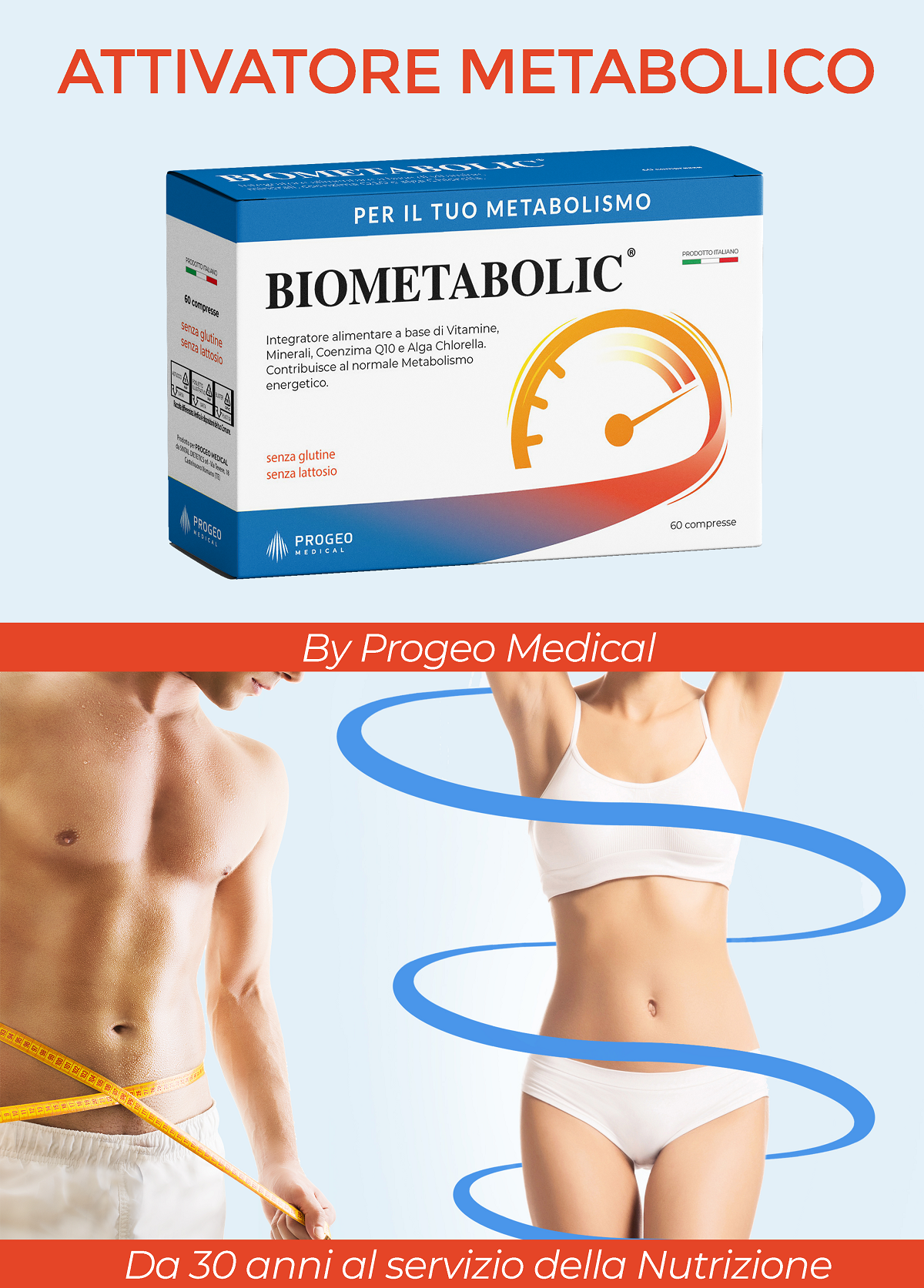

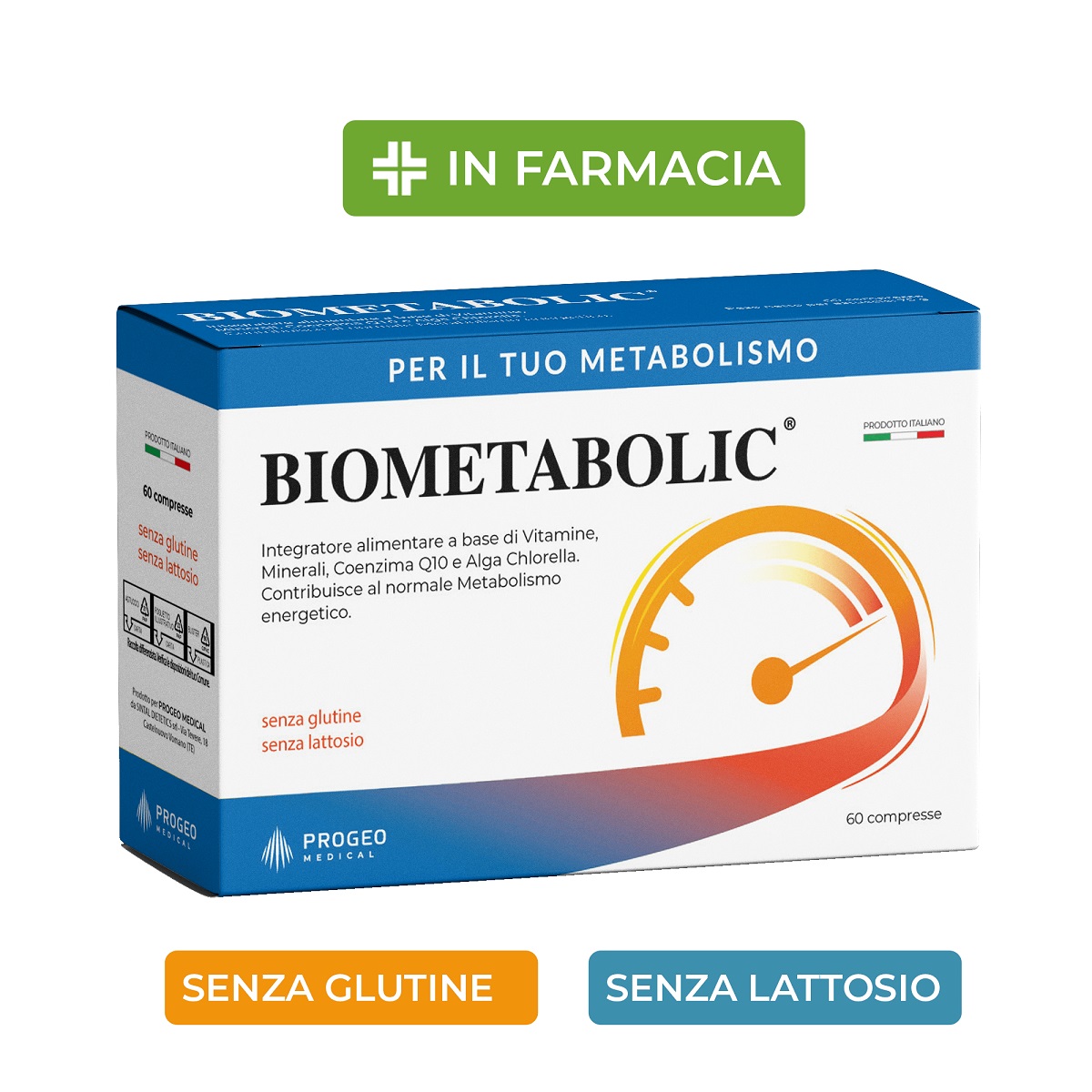
"Noi abbiamo scelto BIOMETABOLIC® perché assieme ad una dieta equilibrata ci ha aiutato ad accelerare il nostro metabolismo e a raggiungere il normopeso.
Siamo molto felici del risultato…e si vede!"

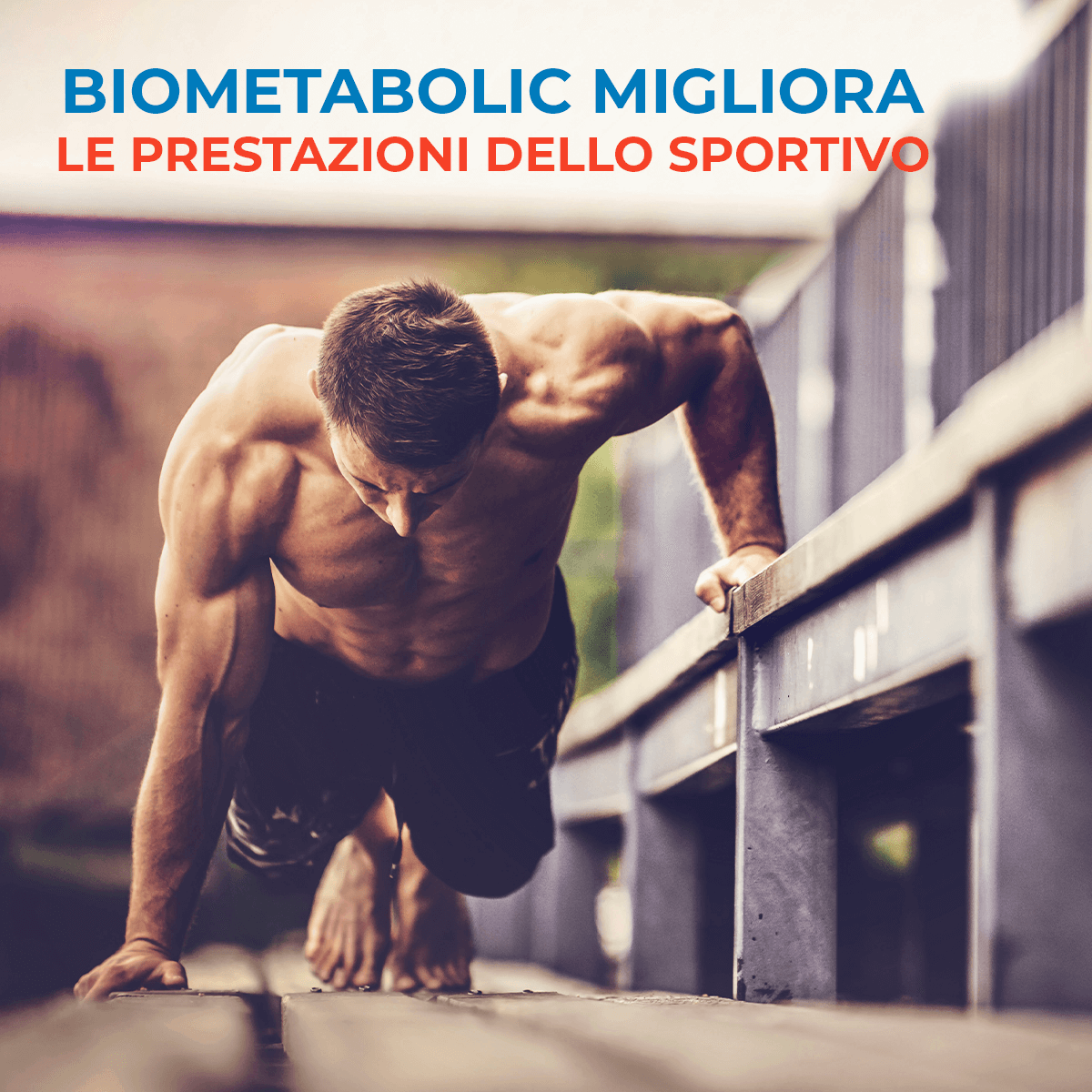
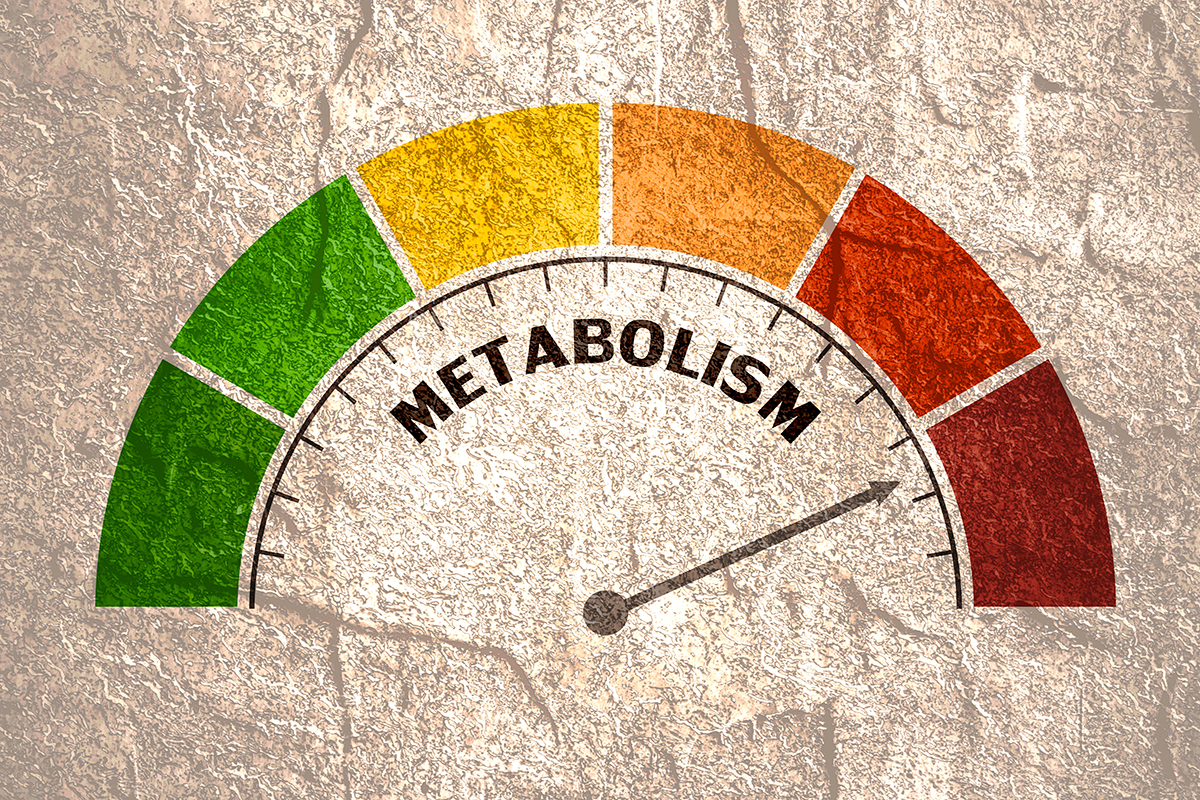
Con metabolismo si indica l’insieme delle reazioni chimiche che avvengono nelle cellule, al quale cooperano molti enzimi e sistemi multienzimatici.

Ci sono numerosissime ricerche scientifiche che evidenziano come le carenze di alcuni specifici nutrienti avendo influenze negative nel corretto funzionamento metabolico possano favorire l’istaurarsi di condizioni come sovrappeso e obesità.

Il Centro Ricerca della Progeo Medical grazie ad uno studio durato più di vent’anni, in collaborazione con numerose Università nazionali ed internazionali, ha realizzato Biometabolic®, un integratore di nuova concezione efficace e sicuro per ottimizzare il proprio metabolismo.
BIOMETABOLIC® è un integratore alimentare costituito da quattro Sali Minerali, quattro Vitamine, il Coenzima Q10 e l’Alga Chlorella.
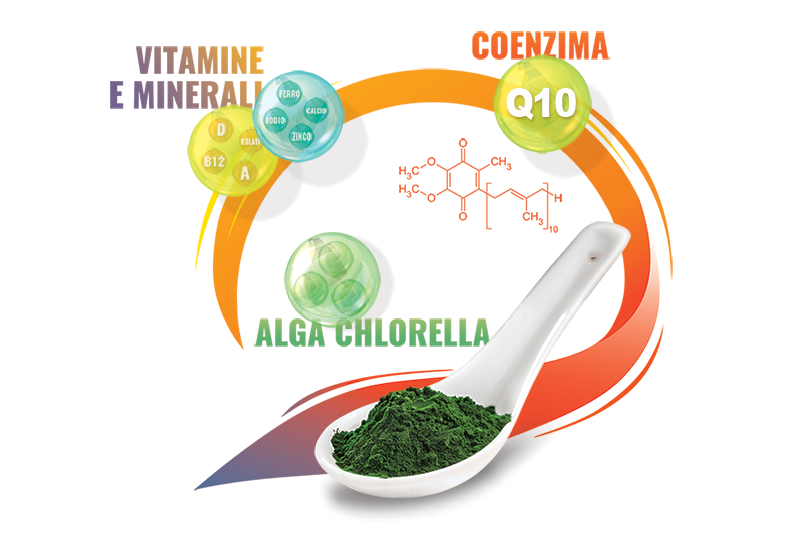
Le Vitamine e i Sali Minerali presenti nell’integratore costituiscono un pool di elementi che più comunemente risultano essere deficitari nell’alimentazione umana e le cui carenze, secondo i più recenti studi scientifici, favoriscono meccanismi cellulari che portano all’instaurarsi di sovrappeso ed obesità.
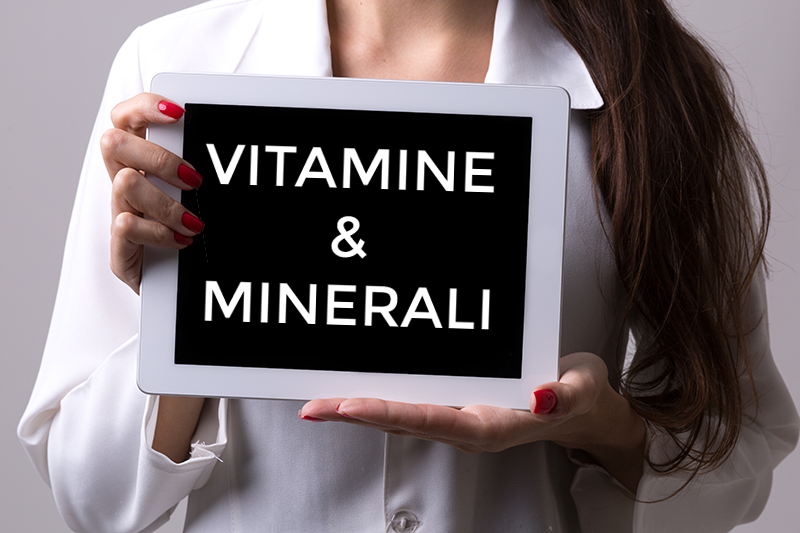
Il Coenzima Q10 è una molecola normalmente presente nel nostro organismo, fondamentale per il funzionamento di alcuni organi e per il corretto svolgimento di certe reazioni chimiche. Moderni studi gli attribuiscono proprietà dimagranti.
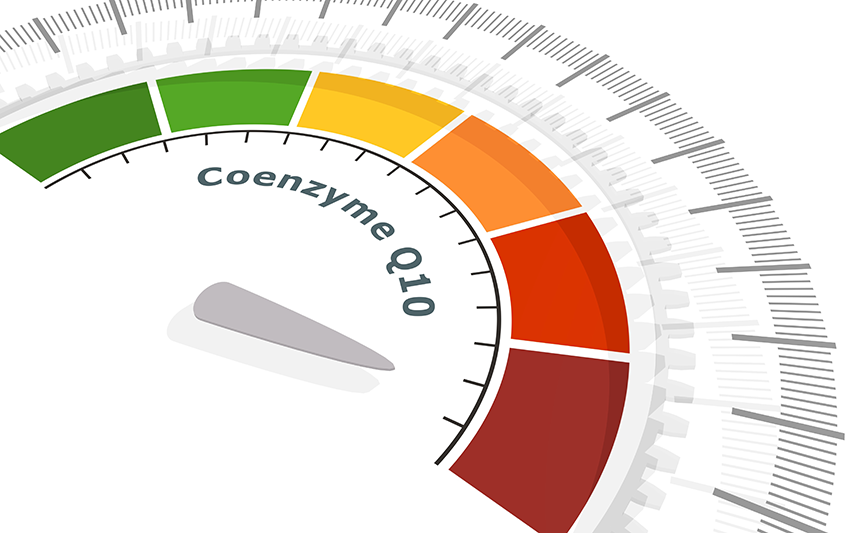
L’Alga Chlorella è un’alga unicellulare di acqua dolce ricca di Vitamine e Minerali già presenti all’interno di Biometabolic e per questo agisce in sinergia con essi, facilitandone l’assorbimento e amplificandone gli effetti. Inoltre recenti ricerche hanno evidenziato sue proprietà dimagranti.
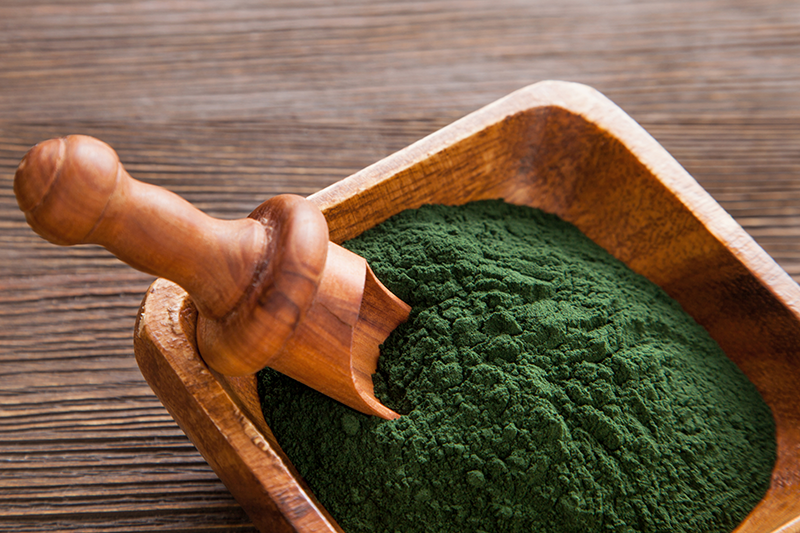

"Io consiglio BIOMETABOLIC® perché aiuta a risolvere il sovrappeso e l’obesità riducendo il rischio di sviluppare patologie metaboliche e non metaboliche."
ipertensione arteriosa; diabete mellito di tipo II; ipercolesterolemia; ipertrigliceridemia; iperuricemia; calcoli della colecisti.
ernia iatale da scivolamento; malattie muscolo-scheletriche, in particolare artrosi degenerativa; insufficienza venosa cronica degli arti inferiori; malattie neurodegenerative; alcune forme di tumori (in particolare il tumore dell’endometrio, del colon retto, renale, della colecisti, della prostata e della mammella).

BIOMETABOLIC® è disponibile in tutte le farmacie!
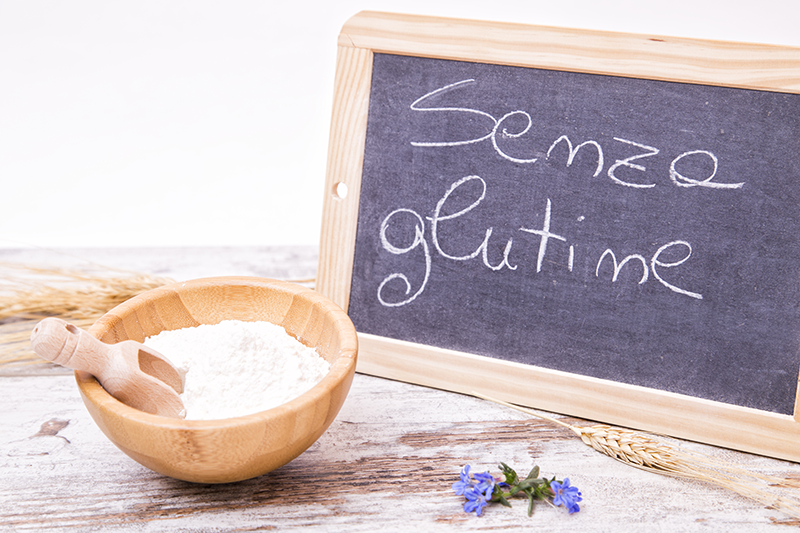
BIOMETABOLIC® può essere assunto da persone che soffrono di celiachia perché senza glutine.
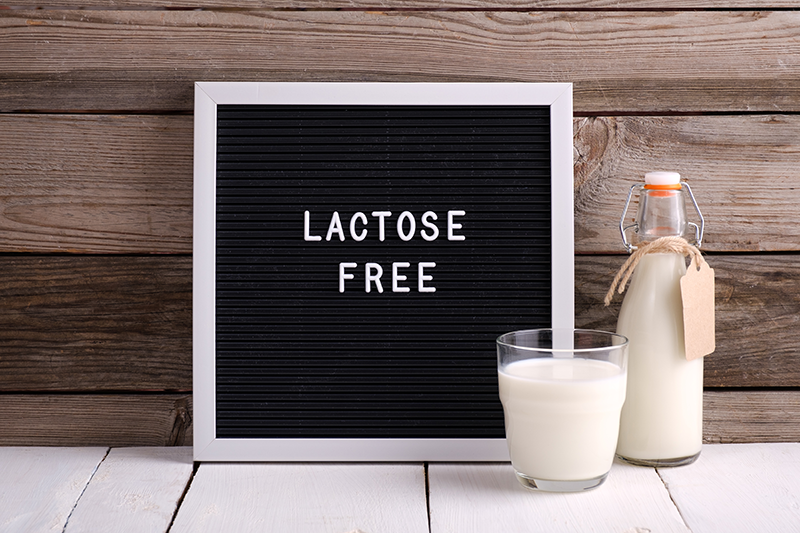
BIOMETABOLIC® può essere assunto da persone che soffrono di intolleranza al lattosio perché è senza lattosio.

BIOMETABOLIC® è composto da materie prime Italiane e dell'Unione europea
INGREDIENTI: Carbonato di calcio(*); Alga Chlorella polvere (Chlorella vulgaris Beijerinck, thallus (singulae cellulae)); maltodestrina da mais; Ferro liposomiale (amido di mais, ferro pirofosfato, lecitina da girasole); agente di carica: idrossipropilmetilcellulosa; antiagglomerante: sali di magnesio degli acidi grassi; Coenzima Q10; Solfato di zinco; Vitamina D (Colecalciferolo); Vitamina A (retinil-acetato-RE); Acido folico (Acido pteroil-monoglutammico); Ioduro di potassio; Vitamina B12 (Cianocobalamina). (*) Origine UE
| Componenti | **Per Dose | *VNR% |
|---|---|---|
| Calcio | 560 mg | 70% |
| Alga Chlorella | 400 mg | --- |
| Coenzima Q10 | 30 mg | --- |
| Ferro | 14 mg | 100% |
| Zinco | 9 mg | 90% |
| Vitamina A | 700 mcg | 87,5% |
| Acido folico | 300 mcg | 150% |
| Iodio | 100 mcg | 66,7% |
| Vitamina D | 25 mcg(1.000 IU) | 500% |
| Vitamina B12 | 10 mcg | 400% |
*VNR%: Valore Nutritivo di Riferimento. I valori riportati rappresentano un valore medio calcolato su un campione rappresentativo.
**Valore riferito alla dose giornaliera (2 compresse)
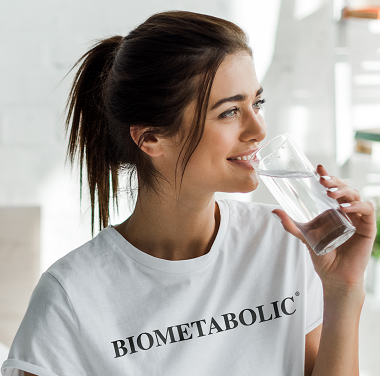
Si consiglia di assumere 2 compresse al giorno per una durata di 30 giorni. Le compresse sono facilmente divisibili, vanno ingerite con mezzo bicchiere d’acqua, preferibilmente entrambe a metà mattinata.
AVVERTENZE: Si consiglia di non superare la dose giornaliera raccomandata e conservare in luogo fresco e asciutto, lontano da fonti di calore e dalla luce. Gli integratori non vanno intesi come sostituti di una dieta varia ed equilibrata ed uno stile di vita sano. Il prodotto è consigliato ad un pubblico adulto.
Se il tuo farmacista non lo avesse immediatamente disponibile, chiedi di ordinartelo subito e lo avrai nella tua Farmacia in 24 ore